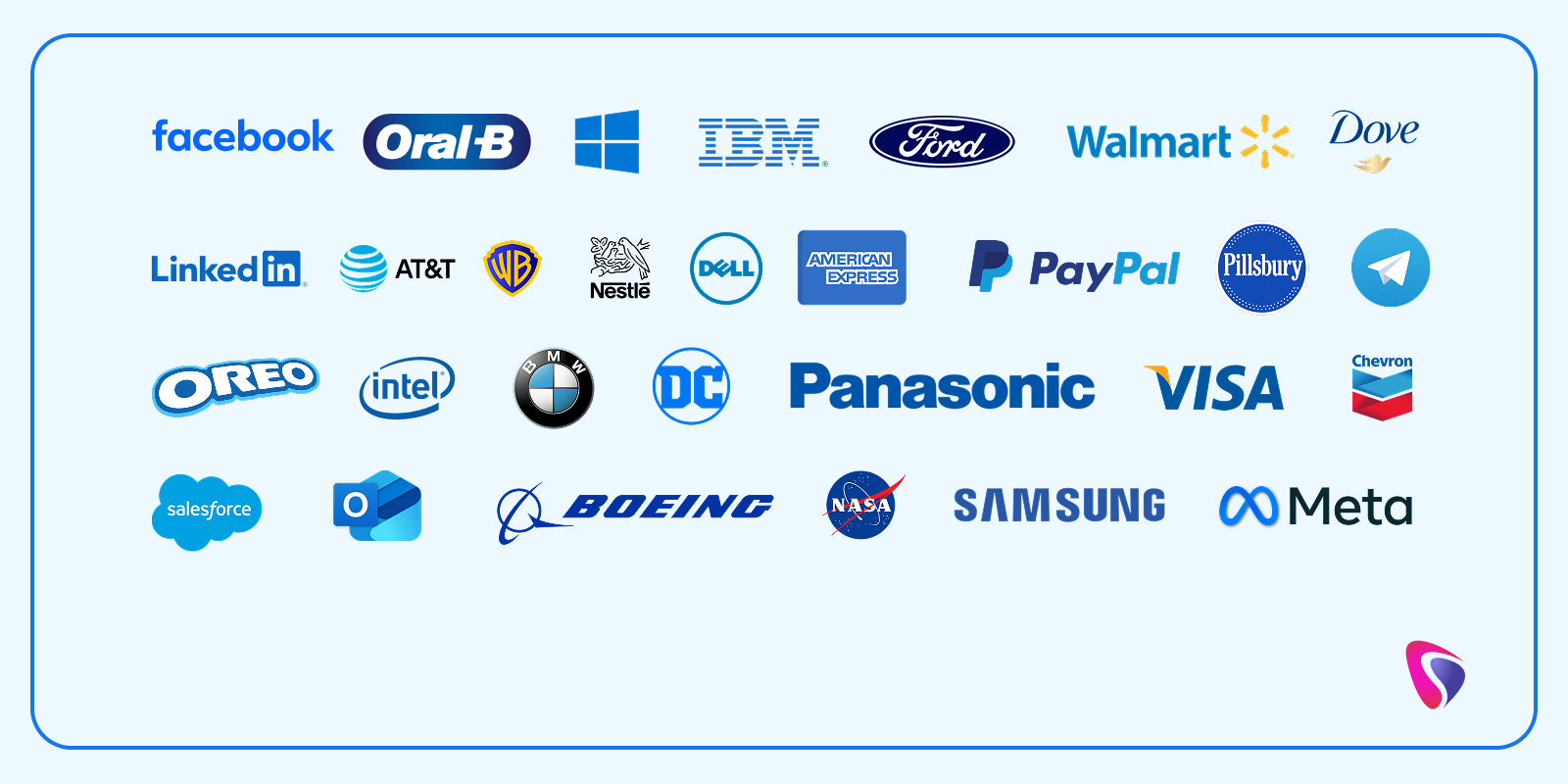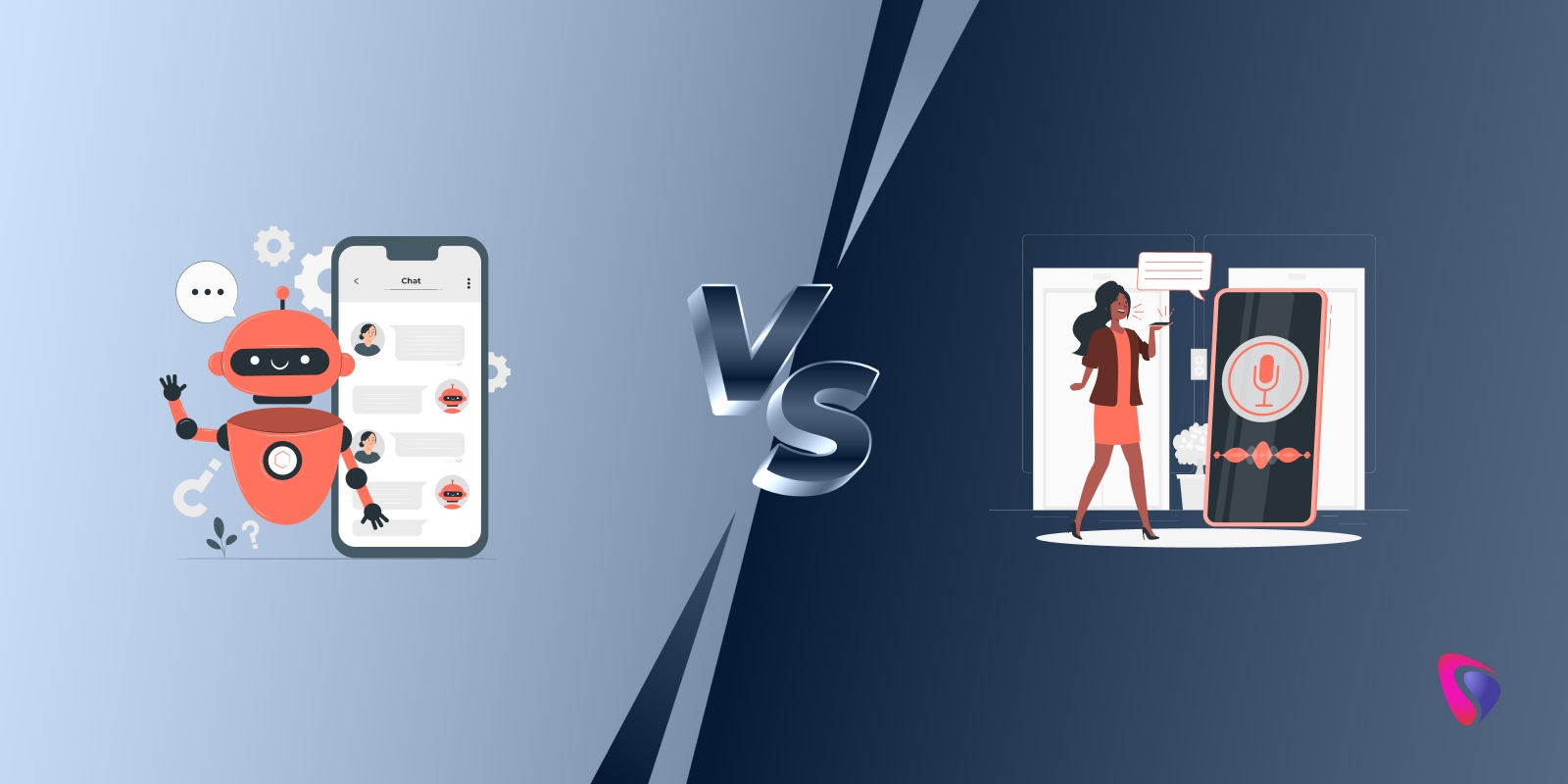
Envision that the process of building your dream house is on the verge of initiation. You have chosen an ideal location, hired the best architects and even drawn plans. Still, you realize that every decision you make about the basement or structure—for instance, the bricks and the beams—will determine how strong, durable, and progressive the dwelling will be and will remain.
The process of selecting a tech stack for your project is not any different from this. Every app or website has a technology stack that has to be right to cope with the growth, performance, and scalability of the application, just like how one has to use the right materials when building a house so that it withstands weather and time. Analyzing and selecting a proper tech-stack often makes a difference due to success or constant struggle in reaching set goals of the product, whether you are a startup coming up with your next big thing or an established company aiming to revive an old platform.
This article describes the guide on what is a technology stack and how to choose the best technology stack for a project. From understanding the basic concepts of technology stacks to understanding the basic building blocks of the front and back-end stacks, we will explore how your choices can be in line with the goals of your project. The emphasis of this procedure is on the fact that the technology stack chosen must be strong enough to support the objectives of the project, just as one would not build a house without a foundation. So now, let us dive in!
Structure of a Tech Stack
In a way, there are essentially two main components that can be referred to as the tech stack: the front end and the back end. They are critical at this level in making sure that your application works as intended, performs well, and meets users’ needs. Now, we shall consider the basic principles, frameworks, and technology stack meaning.
Front-end Layer
Technologies: JavaScript (React, Angular, Vue.js), HTML5, CSS3,
This layer deals mainly with the user interface components and user interactions with the system. It includes such elements as input fields, buttons, and graphics that users see and interact with within their applications or browsers.
Backend Layer
Technologies: Ruby on Rails, Java (Spring), PHP (Laravel), Python (Django/Flask) with Node.js.
The backend tech stack performs logic operations, connects to the database, and responds to requests. It ensures the data transfer and maintains the business logic.
Database Layer
Technologies: NoSQL (MongoDB, Cassandra) and SQL (PostgreSQL, MySQL).
The application manages and stores data; in this case, the database does this, ensuring appropriate data storage and retrieval.
API Layer
Technologies: REST, GraphQL
Circulation of data takes place at this layer by way of APIs of services to the applications or between various components front end and back end.
DevOps & Infrastructure Layer
Technologies: Docker, Kubernetes, AWS, Azure, Jenkins, Git
Within this layer, processes supporting the management of infrastructure, including automation, scaling, and deployment, are incorporated. It consists of delivery tools, cloud services, and continuous services.
Security Layer
Technologies: Firewalls, SSL/TLS, OAuth, Encryption
To ensure the safety of information and prevent security, privacy, or reliability breaches, solutions such as firewalls, content protection, and user verification are implemented.
Factors Affecting Tech Stack Selection
Choosing the right technology stack is also one of the most significant decisions that can be made concerning any software development project. It can impact performance, scalability, speed of development, and even costs associated with the servicing of the system in the long run. A report by Statista shows that 54.2% of developers believe choosing the right technology stack is critical for the overall success and performance of their projects. The following is a brief overview of the key factors that should drive your approach to tech stack selection:
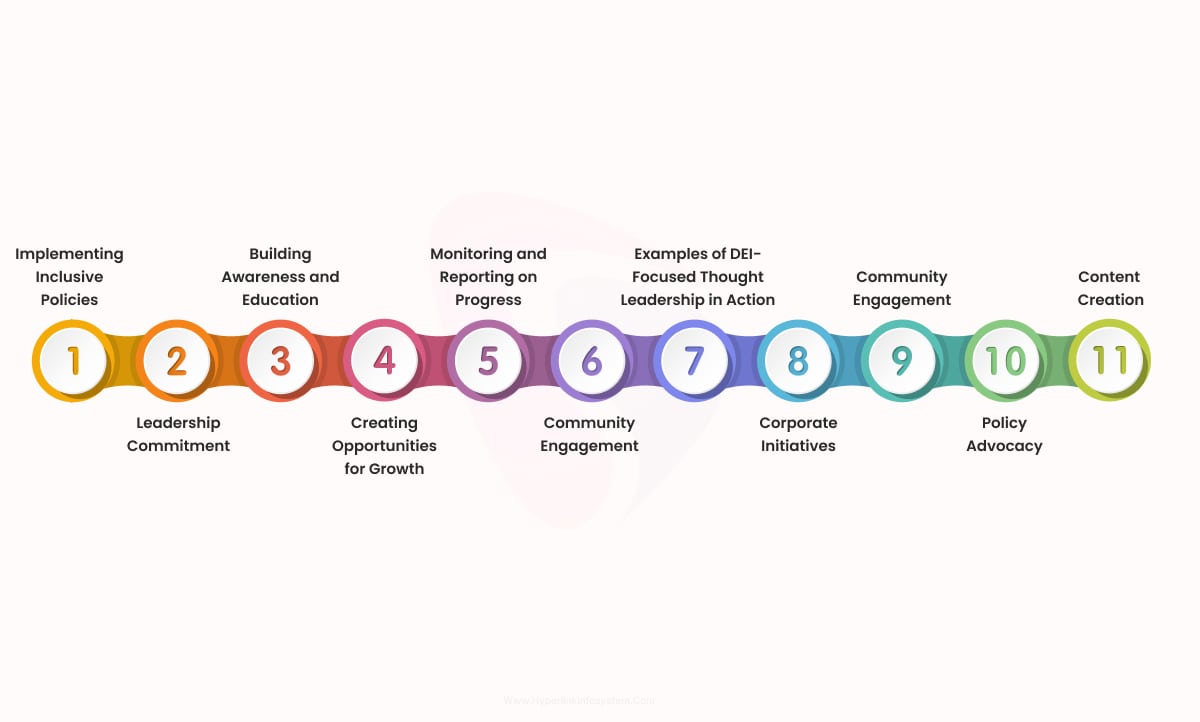
1. Project Requirements
Recognizing the specific requirements of your project is the very first and critical step in selecting the technology stack for the project. These needs must also govern the tech stack selection, whether it is a simple website, a complex web-based interactive application, or a demanding mobile app development.
Project Type: Does the system include characteristics such as a mobile application, a content management system, an eCommerce website, or a more complex web solution? Figure it out first.
Scalability: Will your application need to be able to cater to a large number of users or a larger number of functionalities in the future?
Complexity: Some projects don't have complex features, thus they don't need high-end technologies, whereas some projects do need larger data handling and loading issues, thus they need better high-functioning technologies.
For example, a system that allows users to send instant messages to one another in real-time will require a different back-end architecture than that of a simple, non-interactive website.
2. Time-to-Market
It may be the case that getting to the market quickly is important for a startup company. In that context, picking a startup tech stack that is geared towards rapid application development, for instance, Node.js or Ruby on Rails, will significantly reduce the application development time in such scenarios.
Libraries and Frameworks: The use of ready-to-use UI components and frameworks such as React or Vue.js can speed up the development process.
Third-party Integrations: Instead of developing enhanced functions like databases, logins, and payment systems from scratch, you can make use of existing services or APIs.
3. Development Team Expertise
As with any tech stack, your software development team’s experience and expertise are a major factor and complication. Even if you choose the best technology, if the developer isn't capable enough, then it can cause some issues.
Familiarity: It is often better to use programming languages such as Python or JavaScript when the team is used to working with such technologies than to try and introduce different programming languages in which the team is not an expert.
Hire Dedicated Developers: If your team currently does not have the required skill set, you might have to hire dedicated developers who can work within the specific technology stack that you have chosen.
When you are outsourcing the development of a web or mobile app, it is also important to consider the team’s skill level with the chosen stack. In-depth knowledge and relationships with the stack will make your developers work more effectively.
4. Performance and Scalability
Applications that are designed for large objective data or high user traffic are usually performance-centric. Technology stacks for mobile or web applications should be elaborate and adaptable to user demands.
Backend Performance: If your application is data-processing-centered, going with backend tech stacks such as Node.js, Golang, etc. will ease the load.
Scalability: Consider the extent to which the stack technology you have chosen can support the growth of the organization. Cloud and containerization technologies like AWS, Google Cloud, or Docker are necessary for scaling applications.
Database: The choice between SQL and NoSQL databases also influences scalability. Where structured data are best handled in relational databases such as PostgreSQL, unstructured and scalable data is where NoSQL databases like MongoDB portray sharp clarity.
5. Security
It’s impossible to compromise on security in any development project. It’s important to have robust security features in place to mitigate common risks, losses of sensitive information, and attacks within the technology stack you decide upon.
Secure Frameworks: Use only those frameworks that have a proven security track record. For instance, the inclusion of safety mechanisms such as features for user authentication and attacking cross-site scripting is built into Django (Python) and Spring (Java) technologies, respectively.
Frequent Updates: Countries or regions whose technologies are frequently upgraded and maintained are less prone to security threats. Aim for frameworks and languages with active user ecosystems.
6. Maintenance and Long-Term Support
Over time, all tech stacks also require updates and maintenance. Consider, for instance, how easily new features can be added, the application or website can be altered, and any bugs corrected.
Avail big community support: Opt for the technologies that have large and active community support. This ensures that you will have lots of tools, libraries, and even developers conversant with that technology.
Stability of the Framework: Avoid the usage of cutting-edge or very specialized frameworks that may not last in the market for long. Take, for example, a front-end technology stack like React, Angular, and Vue.js can guarantee long-term viability because of their well-developed communities.
Code Readability: Maintenance in the future will not be a hassle with a tech that emphasizes code readability and simplicity like how Python or Ruby is built.
7. Cost of Development
The cost is quite a big factor, especially for startups or small businesses. The overall expenditure of making your application may also differ on the technology stack you go for.
Open-source Tools: Using free tools, libraries, and frameworks such as Ruby on Rails or Laravel will help you avoid the costs associated with buying a license.
Skill set of the Developers: Some technologies provide a wider range of specialists; hence, it may be easier (and cheaper) to find web developers or programmers for your project.
Cloud Services and Infrastructure: The cost of servers, cloud technologies, and external service integration may vary depending on your needs. AWS, Azure, Google Cloud, etc. have pay-as-you-go types of solutions.
8. Project Timeline
The technology stack you decide on will be influenced by the speed at which you want to bring your application to life. For example, if there is a tight deadline for the project, it might be reasonable to choose a stack technology with frameworks and libraries that accelerate development processes (for instance, Node.js or Ruby on Rail).
MVP Development: Instead of developing an established product like most startups do focused on tech, which takes too much time, startups focus on creating the core part of the system, the so-called minimum viable product, switching to a fast-developing startup tech-stack.
The technology stack used on any project affects all its stages, be it development, launch, or even maintenance. It is important to set up tech stack management for your project for achievements by considering such factors as project aims, team skills, performance, security, and budget.
In the next section, we will explore some of the best technology stacks for web and mobile app development.
How to Choose the Right Tech Stack for Your Project
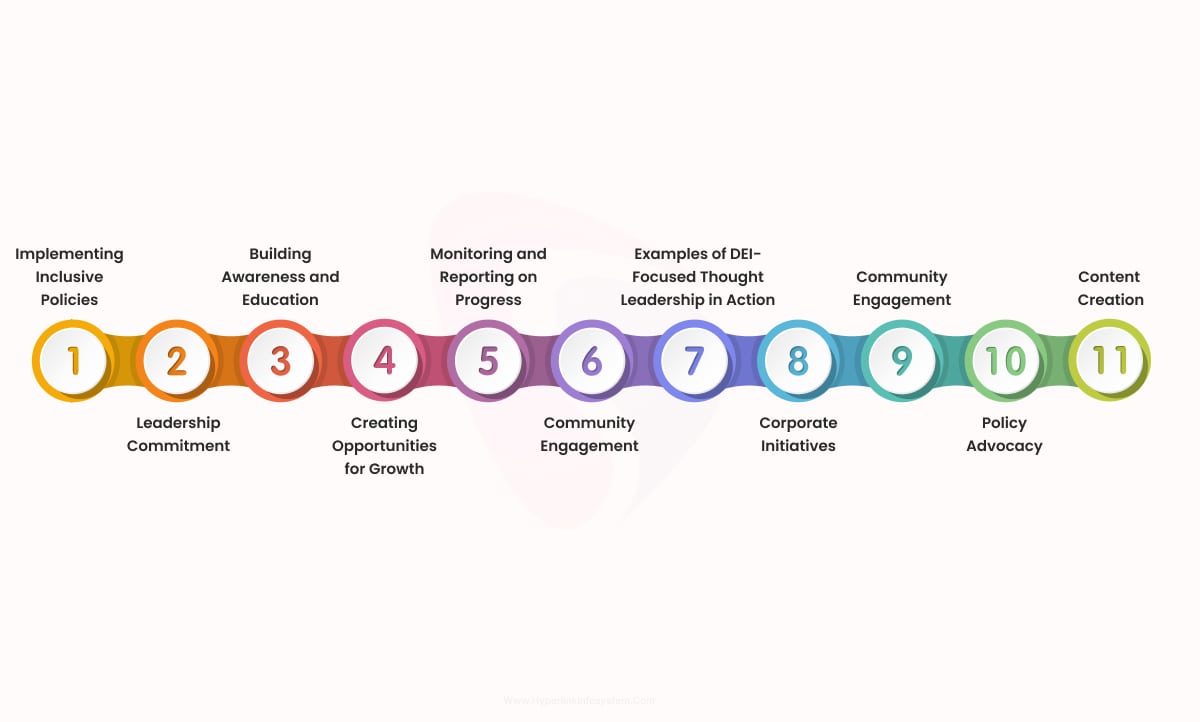
1. Understand the Project Requirements
The technology stack you choose will be dependent on the unique needs of your assignment. For example, a mobile application may benefit from a cross-platform solution like Flutter, while a web-based application could require a robust front-end framework such as React. Often, more complex backends like Java or C# are used when dealing with enterprise-grade systems. As long as you have a clear understanding of your intentions, the tech-stack will correspond with the functional and scalability needs of the project.
2. Consider Scalability
If your project is likely to experience considerable expansion or high traffic, it requires a scalable tech-stack that can support growth without compromising on performance. While the Python tech stack with frameworks like Django can grow for data-heavy applications, Node.js and other similar technologies are excellent at managing big user bases with high concurrency. As the number of users continues to grow, the risk of performance bottlenecks can be mitigated by choosing a stack that has provided goodwill in terms of scalability.
3. Development Speed and Time-to-Market
The speed is of utmost importance in a lot of cases, especially for organizations wishing to launch their operations at the earliest. To meet timelines, it is necessary to choose a technology stack that allows for quick development. The likes of Laravel and Ruby on Rails are famous because of their convenience and built-in characteristics that help lessen the time taken on development. Minimizing time spent on coding and debugging, faster development allows businesses to release their products in the market sooner. Hire a web development company for faster and effective web app development.
4. Developer Availability and Expertise
A key factor in the selection of a technology stack is the lack of sufficient and qualified developers. For instance, it is easy to find and hire developers because there are many developer communities for well-known technologies like Python or JavaScript. Employing less known languages or frameworks, however, could constrain your resources as far as hiring dedicated developers is concerned and may lead to wastage of more time or resources in the course of development.
5. Economic Considerations
An open technology stack that is appropriate for the project will take into consideration factors which include cost. While in some technology stacks, they are free of open source and hence a bigger pool of inexpensive developers is there, in others high licensing or specialist costs are required. For example, using a free tech stack that employs PHP or Node.js like JavaScript can help cut costs, especially for very young companies or those with very few resources.
6. Long-Term Maintenance and Updates
It is important to select a technology stack that will be scalable with your project. Some technologies become obsolete more quickly than others or require more continuous support. If you choose technologies such as Python or JavaScript that are well-supported and offer long-term guaranteed support, including community upgrades and libraries, your team will have less maintenance work to do.
Popular Web & Mobile App Tech Stacks
Here are the popular web app tech stacks:
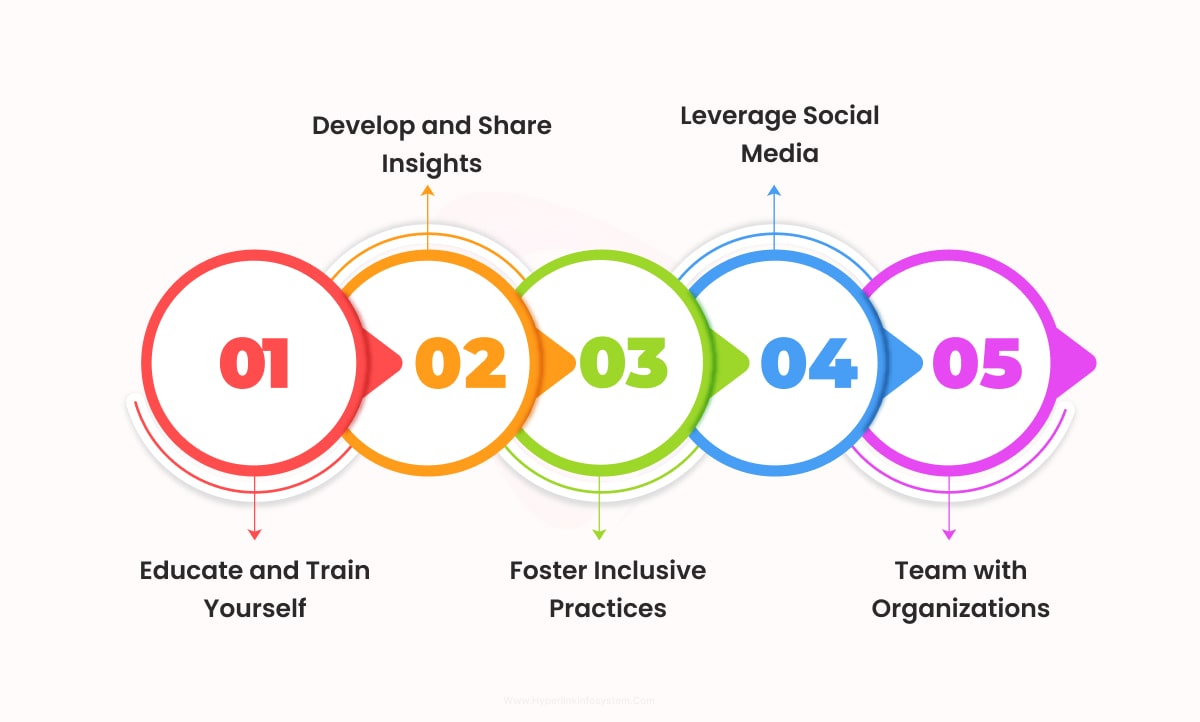
1. MEAN Stack (MongoDB, Express.js, Angular, Node.js)
The MEAN stack can be considered one of the best tech stack for web app used for the creation of web applications. Angular is used for developing UI applications that are dynamic and Node.js can be used to create more images on the server. Express.js serves as a web application framework for the minimalist; therefore, it is called the ‘lightweight’ framework and at the same time, its database is non-relational, called MongoDB. In all likelihood, this has probably made this full-stack development framework even more unified because one needs to learn only one language (JavaScript) across the stack. Hire dedicated web developers for MEAN stack web app development.
2. LAMP Stack (Linux, Apache, MySQL, PHP)
The LAMP stack is one of the most reliable frameworks that have been utilized in the web designing process. This system consists of the Linux operating system, the Apache web server, the MySQL database, and the PHP programming language. For these reasons, we have a framework that has associated itself with heavy content management systems and applications such as WordPress due to its efficient, robust, and flexible nature. In particular, it lends itself very well to the backend applications that require consistent performance and high scalability.
3. MERN Stack (MongoDB, Express.js, React, Node.js)
Like the MEAN stack, the lack of constraints on the building of dynamic user interfaces in the MERN stack stems from the fact that Angular has been replaced by React. In this case, Node.js is used as a server-side development framework, React for rendering the front-end User Interface, and Express.js as the app's backend, while MongoDB performs the database functions. The MERN is most of the time aimed at developing real-time data applications and single-page applications, which is very convenient to business owners and companies that value user experience and speed.
Popular Mobile App Tech Stacks
1. React Native
One of the popular frameworks for developing cross-platform apps is React Native. Developed by Facebook, it allows developers to build applications in JavaScript that can run on both iOS and Android platforms. According to a report, the most popular technology skill in the JavaScript tech stack in 2024 was React, chosen by nearly 15 percent of respondents. Due to its capability of allowing a great deal of the code to be shared across different platforms, thus reducing the development time and cost of launching new applications, React Native is a commonly used solution for startups and businesses that want to enter a specific market quickly.
2. Flutter
Flutter is considered one of the most powerful UI toolkits created by Google that enables developers to build mobile applications natively from a single codebase. Flutter is a Dart-based programming language that helps structure complex UI and animations and provides fine performance to the end user. This growing interest in Flutter can be attributed to its ability to craft design-driven applications with nearly native performance on both the Android and iOS platforms. Hire app developers for your cross-platform app development.
3. Python with Kivy or BeeWare
The Python tech stack is not directly associated with the development of mobile applications but Python frameworks, such as Kivy and BeeWare, enable developers to develop cross-platform mobile apps. Kivy is an open-source framework written in Python which well fits mobile applications well with rich graphical user interfaces because it enables rapid development of applications and multi-touch interaction. Programmers can write applications using Python with BeeWare and have the applications compiled for iOS and Android. Python is also a viable option in mobile programming due to its simplicity and broad ecosystem, especially for those who have had prior exposure to the language
Struggling to Pick the Perfect Tech Stack? HyperLink Infosystem is Here to Help You!
Even with numerous options available, it is not easy to select the most appropriate technology stack for your project. Creating any type of web application, mobile application, or enterprise solution, for that matter, is valuable, and a wrong decision can result in loss of time, productivity, and in some cases, even extra expenses in the future. This is the case with Hyperlink InfoSystem, a mobile application development company. Our team can assist in optimizing the process of selecting a technology stack that is appropriate for the given project while achieving efficiency, high performance, scalability, and cost-effectiveness. We have been providing creative solutions in various fields for many years.
Do you have an app idea in mind? Looking to hire an app development company or agency? Have no worries! Our proficient developers work with many popular tech stacks including but not limited to front-end frameworks such as React and Angular, as well as backend frameworks like Node.js or Python. With Hyperlink InfoSystem, you get complete mobile app development services regardless if you are already a well-established company looking for futuristic technology enhancements or a startup company requiring rapid and effective MVP development. Regardless of whether one is new to product development or has prior experience launching products, reach out to us for your new initiative!
Conclusion
From how fast you can develop an application to how well you can scale it over time, the choice of a tech stack is a critical decision that can either make or break your project. The consideration of the said elements, together with the project’s needs, scalability demands, finances, and talent available, will help you arrive at an appropriate choice. But if it is still hard for you to determine what technology suits your web or mobile app best, engaging an experienced mobile app development company like Hyperlink InfoSystem can provide the expertise necessary for your project to thrive despite the competitive market.
FAQs
Q- Which tech stack is best?
Ans. It's not like there is a tech stack that is best suited to all projects. It depends on several factors, which include the nature of the app, the need for scaling up, and the budget. When it comes to web projects, there are popular stacks like MERN, MEAN, and even LAMP, but for creating mobile apps, React Native or Flutter is quite effective.
Q- How do I choose my tech stack?
Ans. Some factors, such as the goals of your project, its scaling requirements, the experience levels of developers, and the budget, will determine your technology stack. Ensure it fits not only your current requirements but also your future expansion plans.
Q- Is it possible to migrate to a new tech stack?
Ans. Certainly, it is possible to adopt a different technology stack, although it could be hard and costly depending on the magnitude and design of your project. Without proper preparation and experienced guidance, the process can be almost impossible. Contact an app development company like Hyperlink Infosystem for migration.
Q- How can I future-proof my tech stack?
Ans. Make sure to choose technologies that are easily expandable alongside your project for future-proofing. However, ensuring the relevance of your stack also corresponds to the fact that it is maintained and upgrades are monitored regularly.
Q- What's the most used tech stack?
Ans. The two widely used technology concepts in web page creation are LAMP (Linux, Apache, MySql, PHP) and MERN (MongoDB, Express.js, React, Node.js).










